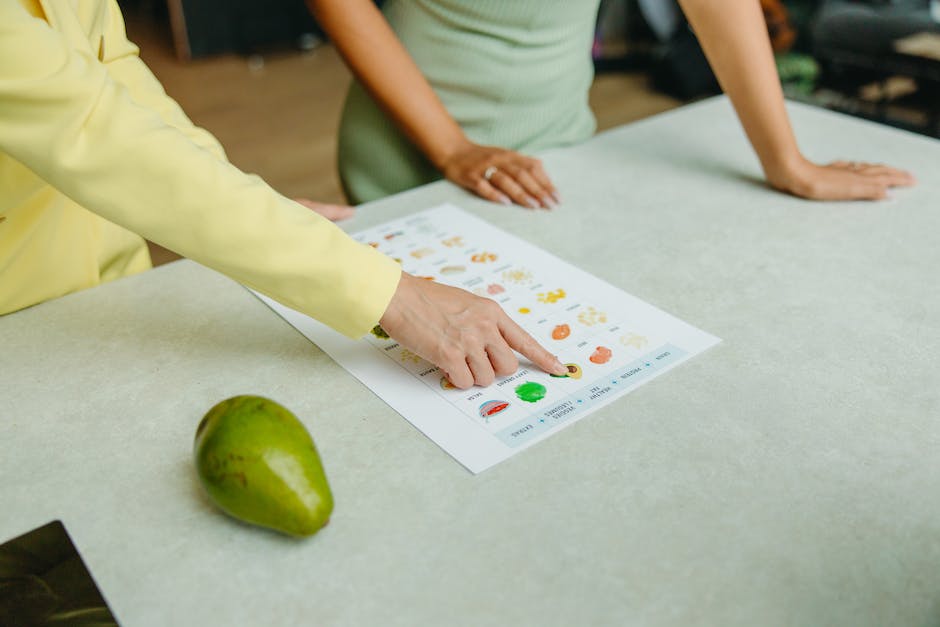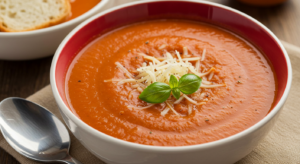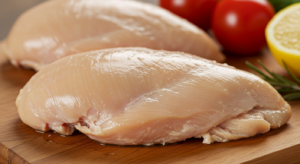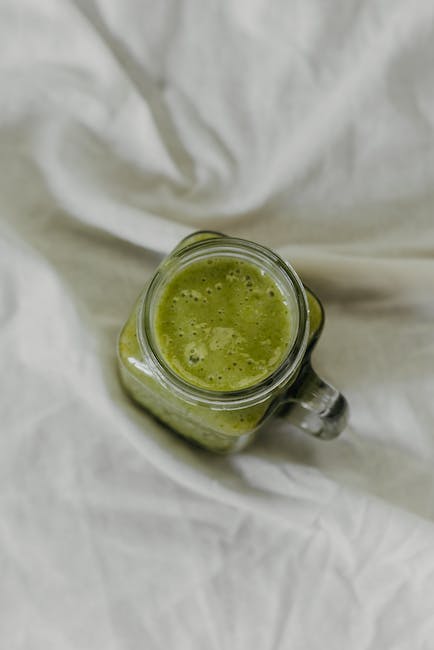
Understanding How Much Sodium in a Teaspoon of Salt
We all know that adding salt to our food can greatly enhance its flavor. However, it’s important to be aware of the sodium content in the salt we consume every day. Sodium is a vital nutrient our bodies need to function properly, but an excessive intake can lead to health problems like high blood pressure.
Most of the salt we consume doesn’t come from our salt shakers, but rather from processed food. Hence, it’s important to read food labels diligently to keep track of our sodium intake. Remember: a healthy diet doesn’t involve completely eliminating salt, but rather controlling its use.
How Much Sodium in 1/2 Teaspoon of Salt
A common question many people have is how much sodium is there in a half teaspoon of salt. The answer to that would be approximately 1/2 teaspoon salt 1,150 mg of sodium. This information is critical when planning your meals, making it important to measure the amount of salt you use carefully.
Keep in mind that adding salt to your cooking doesn’t mean your food will be high in sodium. Instead, it adds flavor to your meals. But always measure the salt you use to ensure your sodium intake doesn’t exceed the recommended amount.

Sea Salt or Himalayan Pink Salt: Which is Better
Amid the various types of salt available in the market, sea salt and Himalayan pink salt have gained considerable popularity. The common belief is that these salts carry less amount of sodium compared to regular table salt. However, this isn’t necessarily true.
Whether it’s sea salt or Himalayan pink salt, the amount of sodium content per teaspoon is roughly the same as in standard table salt. These gourmet salts may offer trace minerals not found in regular salt, but their sodium content is quite similar.

Daily Sodium Intake Recommendation for Adults
According to numerous health organizations, the maximum recommended intake for adults is 2,300 milligrams mg of sodium per day – approximately a teaspoon of salt. If you have high blood pressure or are at risk, it is advisable to limit your intake to 1,500 milligrams.
While it may be useful to know that 1/2 teaspoon salt equals 1,150 mg of sodium, and 1/4 teaspoon salt contains 575 mg, the real challenge lies in managing sodium intake from other sources. As aforementioned, processed and packaged foods contribute significantly to dietary sodium, often without us realizing.
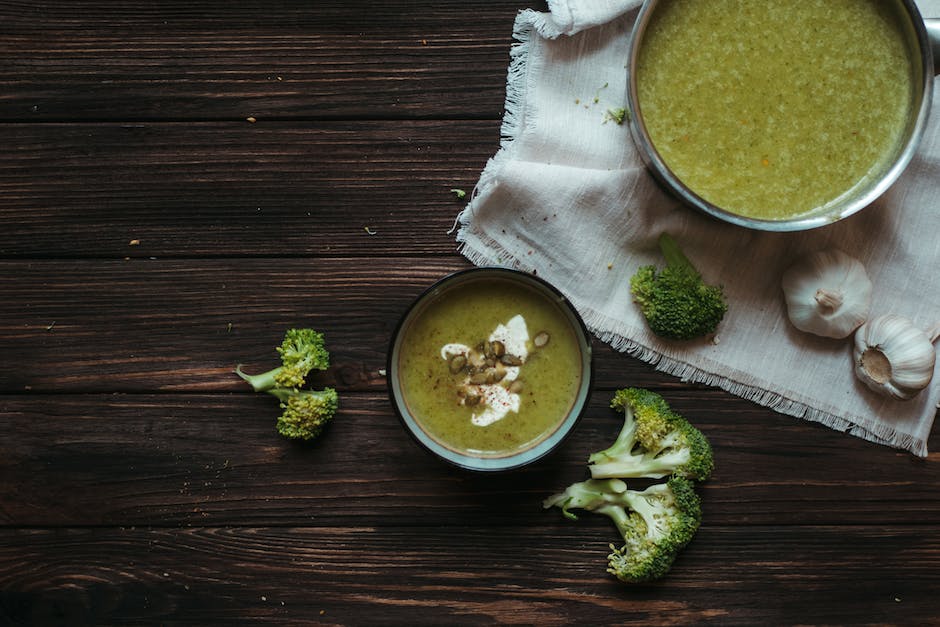
Lowering Sodium Intake with Reduced Sodium Products
Another way to manage your sodium level is to opt for reduced sodium products. Manufacturers are offering a variety of low-sodium foods for those seeking to reduce their sodium intake. These products can help you maintain a healthy diet.
It’s important to note, though, that “reduced sodium” doesn’t mean “sodium-free.” These products still contain some sodium, but it’s lower than their regular counterparts. They can be part of a balanced diet, but they shouldn’t be your sole strategy to manage sodium intake.

How Would 3/4 Teaspoon of Salt Affect Sodium Intake?
To understand how much sodium is in 3/4 teaspoon of salt, one must simply calculate. This measurement is equivalent to 3/4 teaspoon salt 1,725 mg of sodium. As this already closely approaches the maximum recommended intake for adults, it’s crucial to be mindful and avoid consuming other high-sodium foods throughout the day.
Remember, it’s not just about the amount of salt you add to your food. What often goes unnoticed is how high in sodium certain foods are, especially processed ones. Always read food labels and consider your overall daily sodium intake.
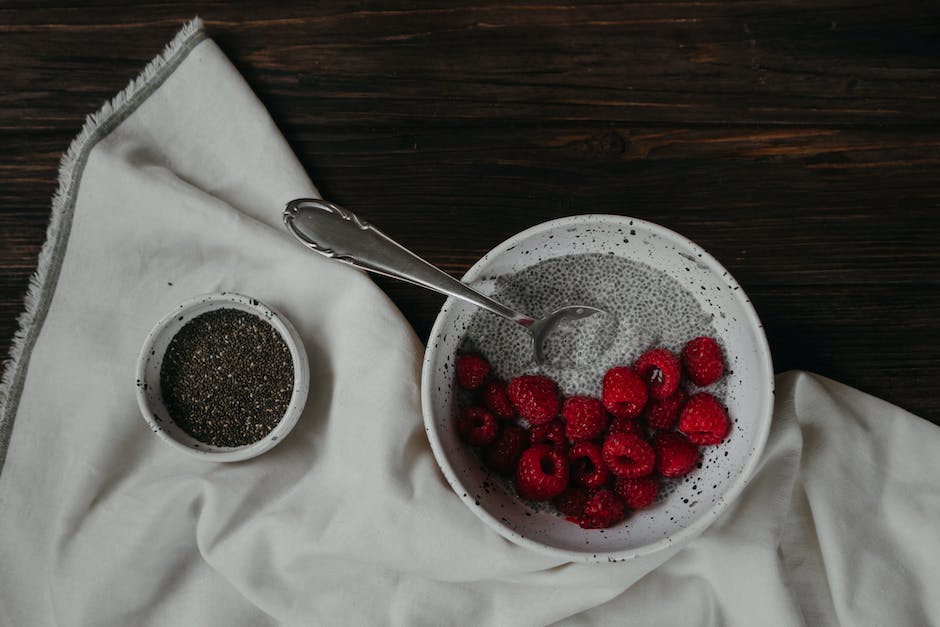
FAQs: Sodium is an Essential Mineral
Understanding sodium’s role in our body and how to manage its intake properly is crucial for maintaining good health. Below are some frequently asked questions (FAQs) on this topic.
How can I reduce my sodium intake?
One of the best ways to reduce your sodium intake is to lessen the amount of processed food in your diet. Instead, focus on whole foods like fruits, vegetables, lean meats, and whole grains.
How can I add flavor to my food without using salt?
Herbs, spices, vinegar, citrus juices, and flavored oils can add flavor to your meals without adding sodium.
Are sea salt and Himalayan pink salt healthier than table salt?
While these salts may have additional trace minerals, their sodium content is similar to table salt.
How do I correctly read food labels for sodium content?
Look for key words like “low sodium,” “reduced sodium,” or “no salt added”. Also take note of the sodium value in milligrams and the % Daily Value.
If I have high blood pressure, how much sodium can I have?
Your daily sodium intake should not exceed 1,500 mg if you have high blood pressure.
Are there variations in the amount of sodium in different types of salt?
The amount of sodium in table salt, sea salt, and Himalayan salt is almost the same.
Is reducing sodium the only way to manage high blood pressure?
Reducing sodium can help manage high blood pressure, but it’s also important to eat a balanced diet, maintain a healthy weight, and exercise regularly.
What foods are high in sodium?
Foods that are high in sodium include processed meats, canned soups, pizza, fast foods, and snacks like chips and pretzels.
Why is sodium an essential mineral?
Sodium is needed for nerve and muscle function, maintaining a proper fluid balance, and helping to regulate your body’s blood pressure and volume.
What will happen if I consume too much sodium?
Consuming too much sodium can lead to high blood pressure, heart disease, stroke, kidney disease, and other health problems.

